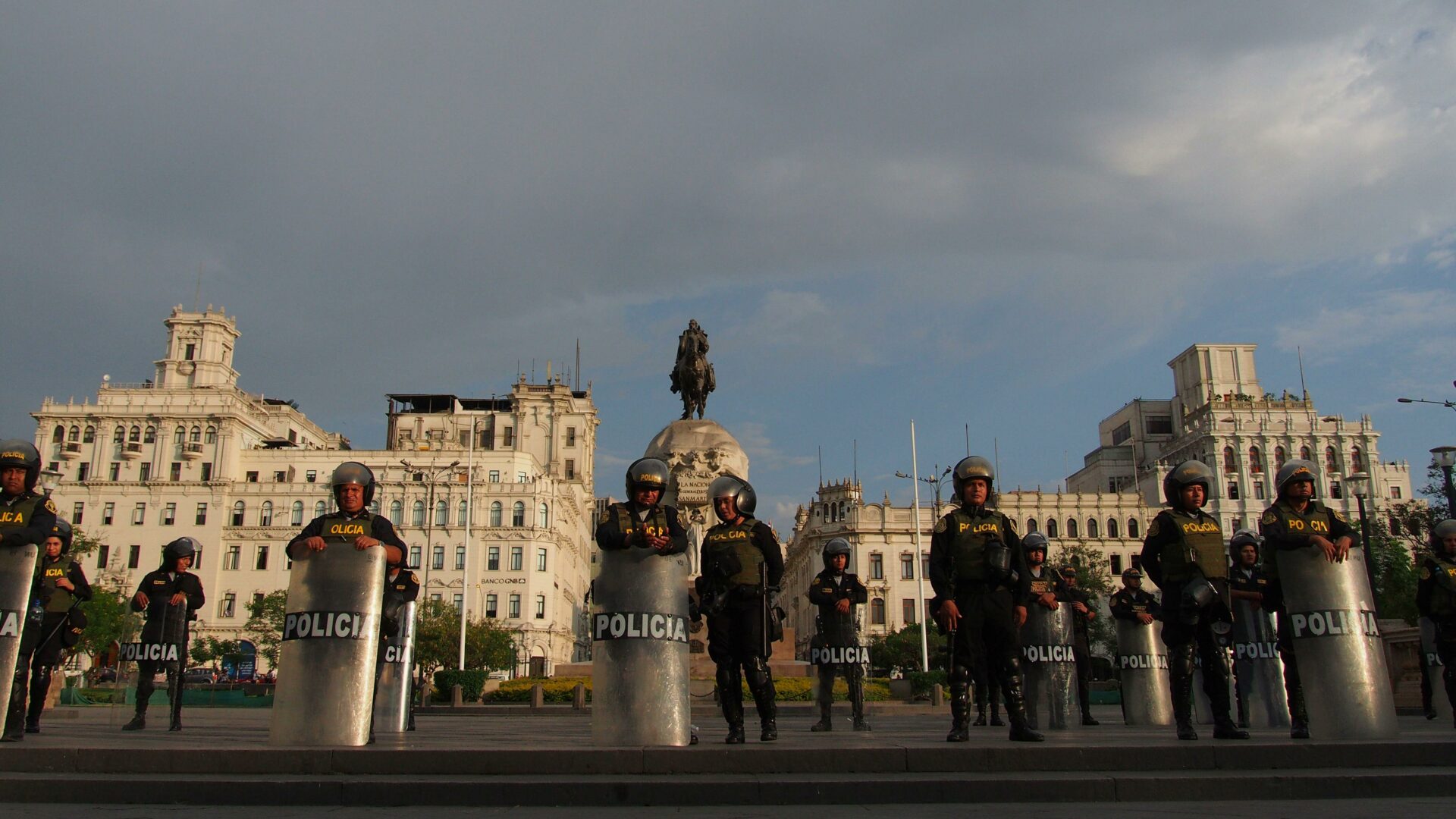President Dina Boluarte of Peru signed a decree extending the state of emergency in multiple regions of the country for another month as clashes between police and protesters continue.
The country’s capital Lima and the southern department of Puno — where 17 people were killed last week in the city of Juliaca — were included in the decree, as were Cusco, the port of Callao, and the provinces of Andahuaylas, Tambopata, and Tahuamanu.
The extension follows another 30-day emergency declaration issued in December 2022, a week after then-President Pedro Castillo was ousted and jailed after illegally trying to close Congress in an attempted “self-coup.”
Protesting this outcome, rural, social, and indigenous-led organizations — mostly from regions still seen as Mr. Castillo’s strongholds — have taken to the streets calling for Ms. Boluarte’s resignation and for elections to be held this year, renewing Congress and the Executive.
The post-Castillo death toll is already at 49, according to a report from the Peruvian Public Defender’s Office released on January 12. Most of the victims are civilians (41), and another seven died due to accidents or medical delays caused by road blockades. One police officer was also killed.
The recent killings in Juliaca occurred amid several reports of police abuse and arbitrary human rights violations. The United Nations Human Rights Office urged Peruvian authorities to “carry out prompt, impartial, and effective investigations” into deaths and injuries, while the Inter-American Commission on Human Rights (IACHR) sent a verification mission last week to three of the regions affected by protests.
Autopsies showed that protesters were killed by firearm projectiles, contradicting the official line which says they were wounded by rocks and sharp objects.
Under fire, Ms. Boluarte’s administration felt the impact of the recent bloodshed. In addition to facing a preliminary genocide inquiry (launched by Peru’s prosecution service), she saw the resignation of Labor Minister Eduardo García Birimisa. According to the former official, “elections cannot wait until 2024.”
The government is also facing high disapproval ratings, currently at 71 percent according to recent polls, putting the interim president in a position of weakness that is all too familiar in Peruvian politics — a country which has seen six different presidents in the last five years.


 Search
Search






































